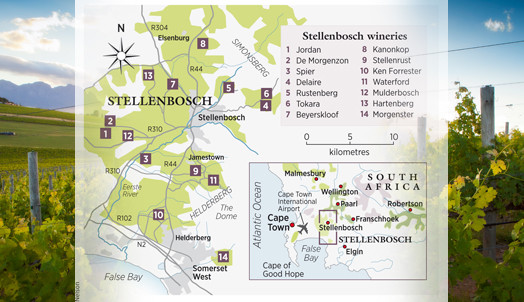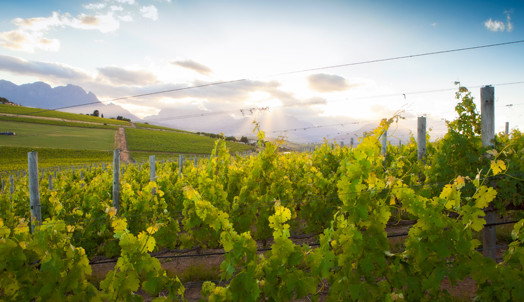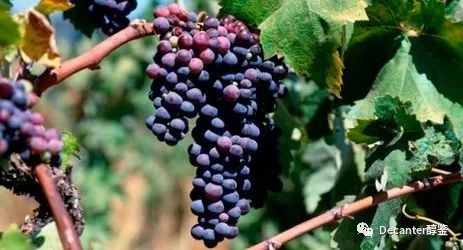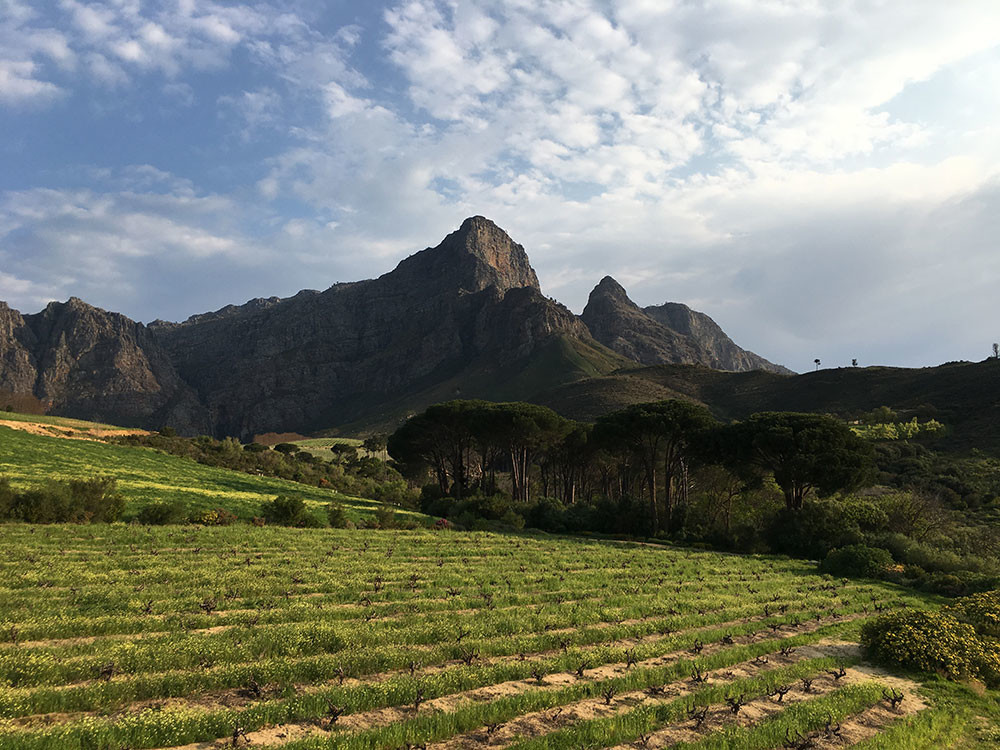Stellenbosch: grape varieties galore
If Cabernet is acknowledged as king, home-bred Pinotage (often maligned outside South Africa) has some of its most ardent fans in Stellenbosch.

If Cabernet is acknowledged as king, home-bred Pinotage (often maligned outside South Africa) has some of its most ardent fans in Stellenbosch, with Beyers Truter leading the pack. At his Beyerskloof wine farm (beyerskloof.co.za) the grape’s versatility is demonstrated in everything from rosé to a vintage Port-style, the latter with some Touriga.
Pinotage is also indelibly linked to Truter’s previous cellar at Kanonkop (www.kanonkop.co.za), where fruit from a venerable 50-year-old vineyard goes into the sumptuous Black Label Pinotage.
More old-vine concentration comes with Chenin Blanc from Stellenrust (stellenrust.co.za), also from vines older than 50 years, as well as bush-vine Cinsault – an ancient Cape variety enjoying renewed interest across the country; here Tertius Boshoff gives it the care it deserves.
But it is Chenin Blanc that still holds sway as the Cape’s most planted variety. Although much remains destined for brandy, an increasing number of winemakers have shaken up the variety’s former image as a cheap and cheerful glugger and are producing wonderfully complex, concentrated and ageworthy wines. Look for some excellent Chenin- led white blends too. Ken Forrester, fondly known as Mr Chenin (kenforresterwines.com) has done much to generate this newfound interest.

A popular way to discover more about the region’s gastronomic delights, wine and food pairings are a favourite at many wineries. Try wine and chocolate matching at Waterford (www.waterfordestate.co.za) or pairing wine with pizzas cooked in the wood-fired oven at Mulderbosch (mulderbosch.co.za).
Stellenbosch and its numerous wineries might cover a relatively small area, but the various aspects, altitudes, soils and proximity to the sea with its cooling effects, allow for many varieties to be grown successfully beyond Chenin, Cabernet and Pinotage. At Hartenberg (www.hartenbergestate.com), Carl Schultz produces two Rieslings as well as five individual Shirazes.
The varietal spread has also been encouraged by foreign investors who have bought and developed farms here. Giulio Bertrand planted his favourite native Italian varieties, Nebbiolo and Sangiovese, on his Morgenster estate (morgenster.co.za), as well as olive trees too – don’t miss his award- winning extra virgin oil. And long-time Italian expat Giorgio dalla Cia and son George (dallacia.com) distil their Pinot Noir, Chardonnay, Cabernet and Merlot into grappa-style spirits.
Summer and Autumn (between November and April) are the warmest, driest times to visit, with harvest a bonus, but winter and spring (May to October) also have their attractions. There are lots of sunny days between the rain to enjoy hiking, mountain biking, golf and visiting a few more of those 160 wine farms at this quieter time of year known as the Green Season. And if it does rain, there’s still all the shops and eateries that Stellenbosch town has to offer.
At the end of your trip, you’ll realise that one visit to this beautiful region is never enough.
How to get there:
Direct flights via British Airways and Virgin Atlantic take about 11.5 hours to Cape Town International Airport. Stellenbosch is a 35km drive away.
Translated by Sylvia Wu / 吴嘉溦
All rights reserved by Future plc. No part of this publication may be reproduced, distributed or transmitted in any form or by any means without the prior written permission of Decanter.
Only Official Media Partners (see About us) of DecanterChina.com may republish part of the content from the site without prior permission under strict Terms & Conditions. Contact china@decanter.com to learn about how to become an Official Media Partner of DecanterChina.com.



Comments
Submit